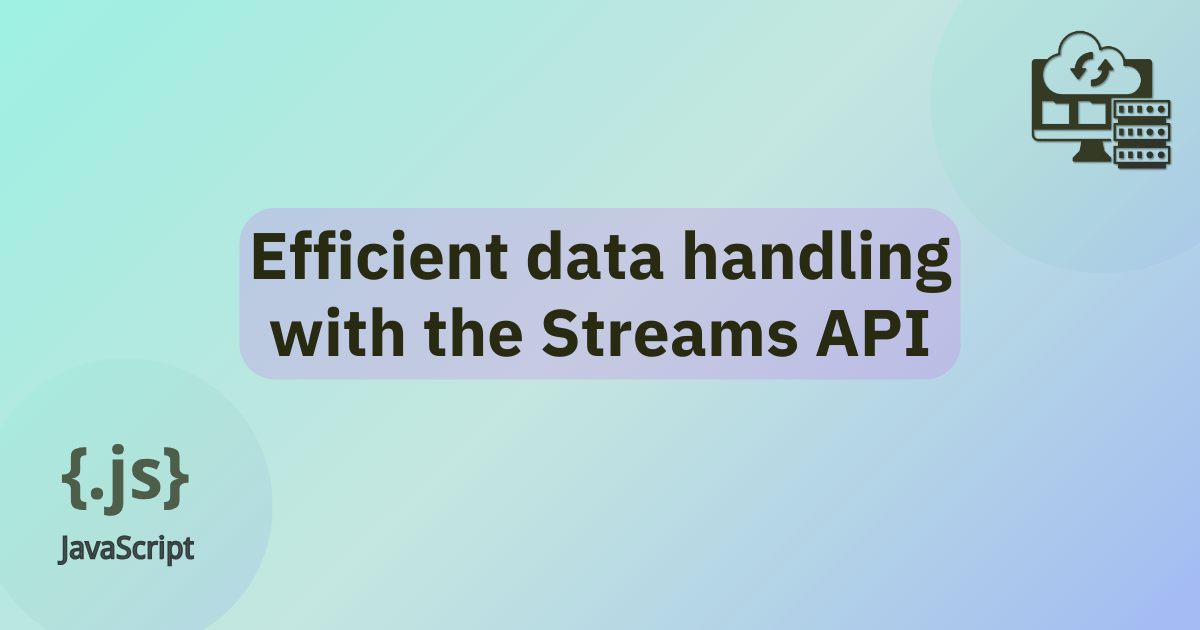
In this article, we delved into the concepts, usage, and practical implementation of the Streams API.
We developed a basic application that demonstrates how to use the Streams API to fetch and transform data.
Through this hands-on example, we learned how to read, write, and manipulate data streams.
We hope this will inspire you to create efficient, responsive, and modern web applications.
Some good next steps to learn more about this API would be to perform more complex processing.
You can look at one of the MDN Streams API examples, which is very similar to this project, except that it loops over chunks manually and logs each new chunk to the console as it arrives.
The other examples show different ways of using this API, and the Canceling a fetch demo shows how to stop in-progress network operations when the client has received the data they need.
This is a sponsored article by Vultr. Vultr is the world’s largest privately-held cloud computing platform. A favorite with developers, Vultr has served over 1.5 million customers across 185 countries with flexible, scalable, global Cloud Compute, Cloud GPU, Bare Metal, and Cloud Storage solutions. Learn more about Vultr.

